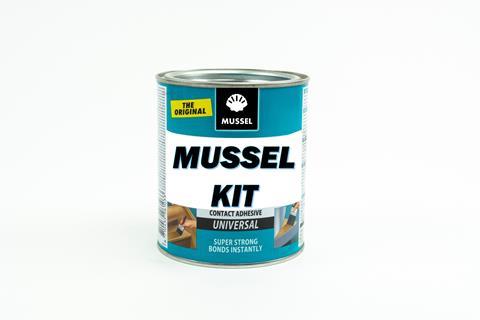
Groningen researchers have elucidated the polymerisation of polydopamine, which is similar to the substance that mussels use to stick to anything, reports Nature Communications.
Mussels can stick to almost any surface thanks to the biological ‘glue’ they secrete. This inspired scientists to create something similar: based on the main component (L-DOPA), research is now in full swing on self-polymerising dopamine, which forms a thin layer of polydopamine and sticks to many surfaces. But exactly what this layer looks like is a controversial subject: as many as ten different theories have been put forward, according to a recent paper by Hamoon Hemmatpour, Petra Rudolf and colleagues from Italy, Iran and the University of Groningen. It seems that the time has come to decipher what is really happening at the molecular level.
The researchers did this by having the polymerisation take place on so-called halloysite nanotubes (HNTs). Halloysite is a cheap mineral (Si2Al2O5(OH)4∙nH2O) with an outer layer of negatively charged SiO2 and an inner layer of positively charged (in water) Al2O3. They then monitored the polymerisation process using X-ray photoelectron spectroscopy, solid-state NMR and other techniques.
The beauty of the HNTs is that they slow down the reaction to polydopamine, thus capturing different intermediate states. By studying these with the above methods, the researchers were able to paint a complete picture of what happens at the molecular level (see also the diagram below): first, the two hydroxide groups of dopamine oxidise, followed by cross-linking. This is followed by further oxidation, but at the same time an internal ring is formed around the amine group, producing polycatecholamine. When this is tautomerised here and there, pieces of pyrroline dicarboxylic acid sometimes break off due to oxidative ring cleavage. According to the researchers, this knowledge can be further exploited to tailor the properties and functions of the polydopamine coating.

Hemmatpour, H. et al. (2023) Nat. Commun. 14(664), DOI: 10.1038/s41467-023-36303-8












Nog geen opmerkingen